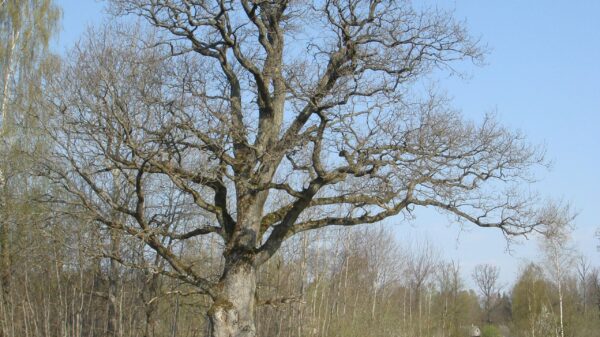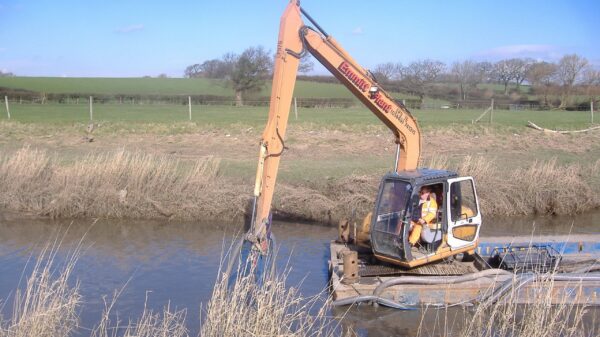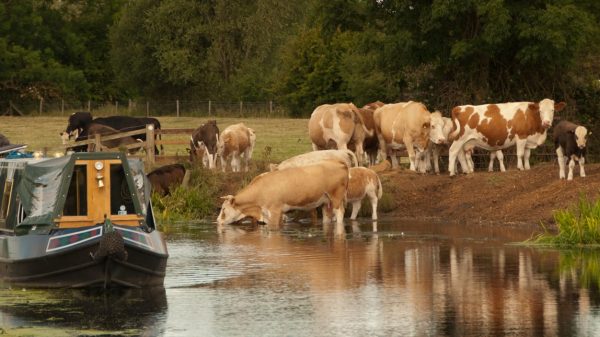The Approach
Basic tree safety surveys are undertaken to assess the potential hazard trees can pose to people or structures. This guidance is aimed at providing volunteers with a basic knowledge and understanding of the processes involved when conducting tree surveys on or near waterways and to identify tree’s which could pose a danger to the community. For larger areas or woodland a more in depth safety survey should be undertaken by an arboriculturalist.
Surveys should be undertaken in the following order:
- Preliminaries and consultation
- Scope of the survey
- Planning and preparation
- Tree risk management
- Tree Assessment
- Reporting
Preliminaries and Consultation
Prior to undertaking the tree survey, discussions should be held with the client from the relevant group, e.g. land management agent, project planner or restoration manager, to determine the expectations and criteria for assessment. A summary and explanation of the survey process and personal capabilities of the surveyor’s should be outlined to the client. Surveys can range from identifying individual trees that are an immediate threat to people, or they can encompass an assessment of every tree within a target area and their potential hazards. Clear and specific requirements should be agreed. Surveys completed by unqualified individuals are an advisory assessment in lieu of a fully qualified surveyor; it should be discussed with the client that the surveyor cannot be held responsible for sudden tree failures.






